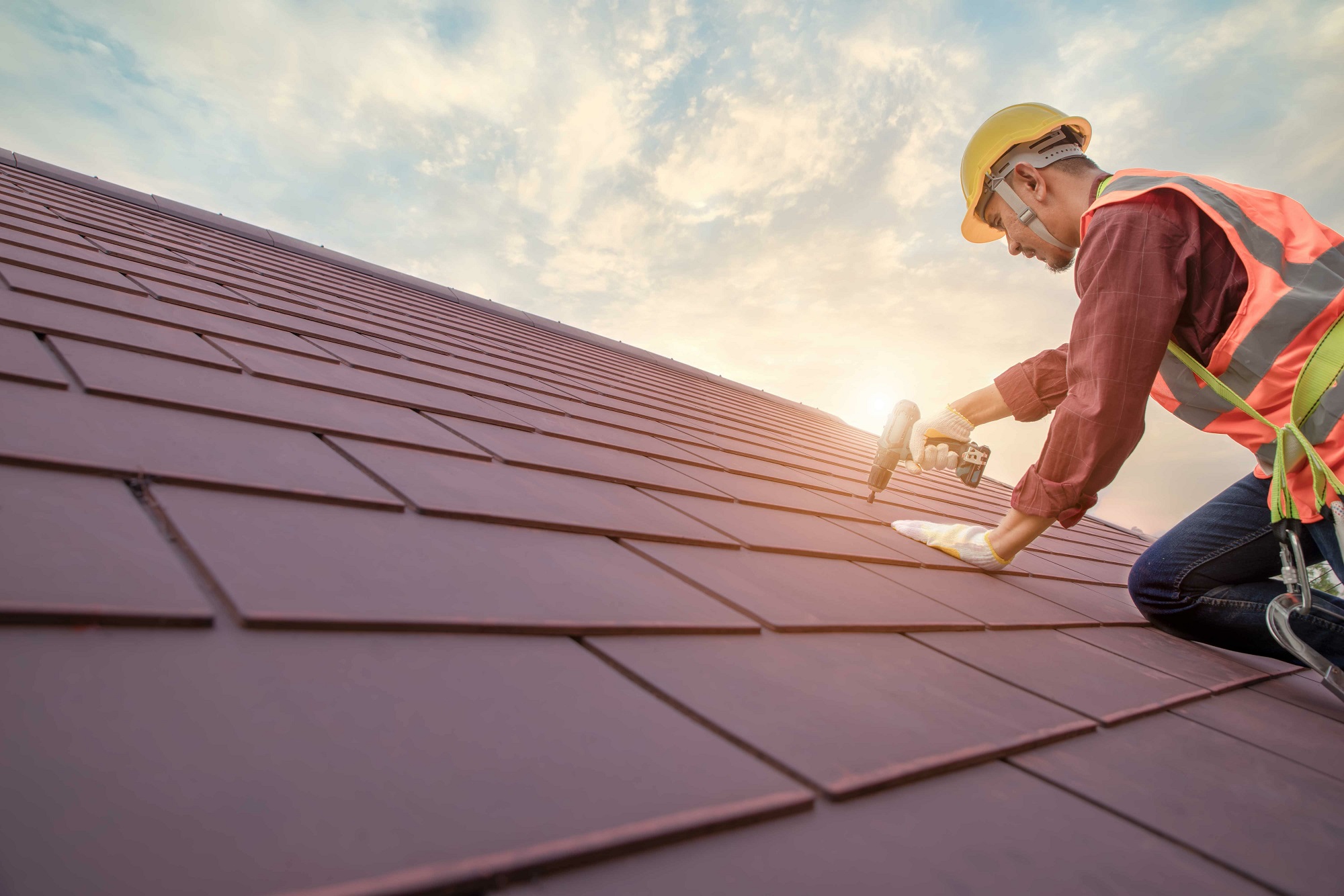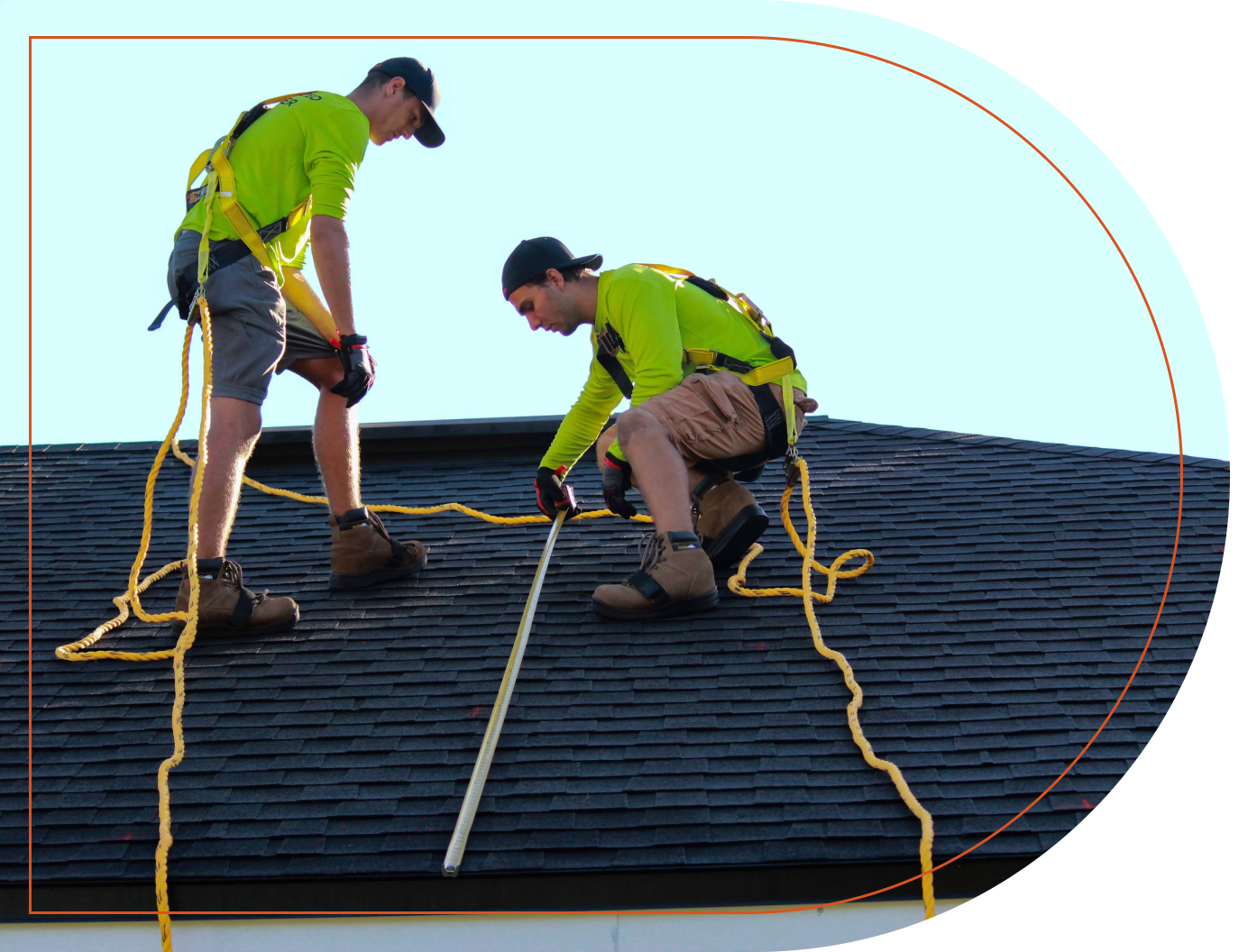A Comprehensive Overview to Effective Roofing Flat Roofing Installment
The complexities of level roof installation demand a careful method, beginning with a detailed understanding of various flat roofing system types and the vital materials needed for optimal performance. A successful installment hinges not just on the choice of products but additionally on the preparation and implementation of each step included in the process.
Recognizing Flat Roofing System Types
When thinking about flat roofing systems, it is necessary to understand the different kinds readily available, as each deals distinct advantages and negative aspects tailored to certain demands. The most typical kinds of level roofing systems consist of Built-Up Roof (BUR), Customized Asphalt, and Single-Ply membranes.
Built-Up Roof is composed of multiple layers of asphalt and gravel, offering outstanding durability and climate resistance. It is specifically advantageous in locations susceptible to extreme weather conditions yet may need more maintenance due to its complicated building and construction.
Changed Asphalt is a preferred selection for its convenience of installment and adaptability. It frequently utilizes a torch-applied or self-adhesive method, which can be helpful for fast fixings and long-term efficiency. Its life-span can be shorter compared to BUR.
Single-Ply membranes, consisting of Thermoplastic Olefin (TPO) and Ethylene Propylene Diene Monomer (EPDM), are identified for their lightweight nature and power efficiency. These products are commonly chosen for industrial structures due to their cost-effectiveness and ease of installment (Cleveland Roofing Specialists). Nonetheless, they might not give the same degree of insulation as other alternatives.
Each roof covering kind calls for cautious factor to consider based upon climate, spending plan, and details task needs.
Important Materials for Flat Roofing
A variety of crucial materials are important for the effective installation of flat roof systems. The selection of materials directly impacts resilience, efficiency, and total performance.
Among the key products is the roof covering membrane layer, which can be constructed from numerous substances such as thermoplastic polyolefin (TPO), ethylene propylene diene monomer (EPDM), or PVC. Each type supplies distinct benefits, consisting of UV resistance and flexibility, which are important for long term performance.
Along with the membrane layer, insulation materials play a substantial role in energy performance. Stiff foam boards or polyisocyanurate insulation are prominent choices, as they offer excellent thermal resistance and wetness monitoring.
Additionally, roof adhesives and sealers are necessary for guaranteeing a water tight installation. These items should work with the chosen membrane to avoid degeneration in time.
Getting Ready For Installation
Appropriate preparation is essential for a successful flat roofing installment, as it prepares for a efficient and long lasting roof covering system. Begin by conducting a complete examination of the existing roofing system framework. Search for indicators of damage, including leaks, rot, or insufficient water drainage, which could compromise the new roof. Ensure that the underlying materials are sound and can support the weight of the new roof covering elements.
Following, collect all needed tools Learn More Here and materials, guaranteeing that they meet sector criteria. This consists of waterproof membranes, insulation, flashing, and bolts. Acquaint on your own with the supplier's specs, as adherence to these guidelines is critical for warranty objectives.
Take into consideration weather problems; avoid setup during hefty rainfall or severe temperature levels, which can affect material performance. By taking these preparatory actions, you can boost the possibility of an effective level roof installation that satisfies both architectural and aesthetic demands.
Step-by-Step Setup Process
With the foundation developed through complete prep work, the following stage includes executing the flat roofing installment systematically. This step is critical for preserving the roofing's stability over time.
Following the vapor obstacle setup, lay down insulation boards, guaranteeing they fit snugly together to reduce thermal linking. Protect the insulation with suitable fasteners based upon the roofing type and neighborhood building regulations. As soon as the insulation is in place, it's time to apply the roof covering membrane layer. Depending on the chosen material-- such as TPO, EPDM, or modified asphalts-- set up the membrane layer according to the supplier's requirements.
Mount blinking around boundaries, vents, and any kind of roofing system penetrations to improve waterproofing. After installation, carry out a complete examination to identify any type of potential concerns before wrapping up the project, guaranteeing a trusted and durable level roof covering system.
Maintenance Tips for Durability
Regular maintenance is vital to guarantee the longevity and efficiency of a flat roofing. Among the main jobs is to conduct routine assessments at least two times a year, ideally in spring and loss. Throughout these inspections, look for signs of wear, such as blisters, cracks, or merging water, which can indicate underlying problems.

Guaranteeing appropriate drain is crucial to avoid water build-up. learn the facts here now Inspect and clear gutters, downspouts, and scuppers to assure unhampered water flow. In addition, check seals around vents, skylights, and various other penetrations for any type of indicators of wear and tear, using caulk or sealant as required to maintain a watertight barrier.
Finally, think about professional upkeep services every couple of years for thorough maintenances. By adhering to these maintenance tips, you can substantially expand the life of your level roof covering, guaranteeing it stays a trustworthy guard versus the aspects.
Conclusion
Effective level roof installment requires a methodical method including extensive assessments, product selection, Extra resources and meticulous preparation. Sticking to the laid out actions throughout the installation procedure makes sure the appropriate application of roof membrane layers and insulation while boosting waterproofing with reliable blinking installment. Additionally, executing regular upkeep methods substantially adds to the longevity of the roof. By adhering to these standards, a trusted and long lasting level roof solution can be attained, with the ability of withstanding numerous ecological problems.
The intricacies of level roofing system installment demand a thorough approach, starting with a thorough understanding of various level roofing system types and the essential materials required for optimal efficiency.Appropriate preparation is important for an effective flat roofing system setup, as it lays the foundation for a efficient and long lasting roof covering system. After installation, carry out a complete inspection to determine any type of possible issues before wrapping up the task, guaranteeing a trustworthy and durable flat roofing system.
